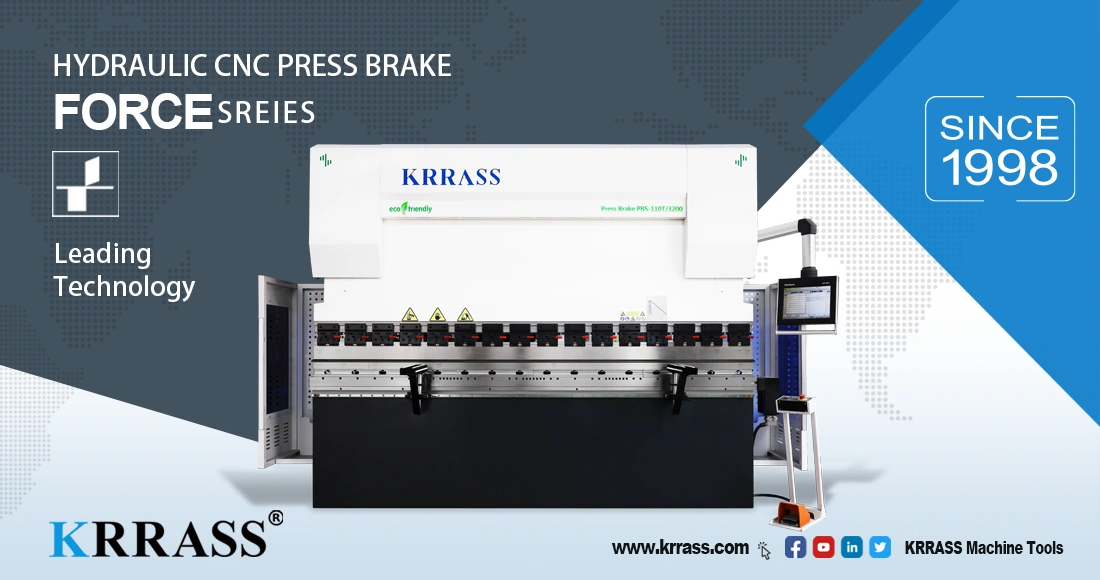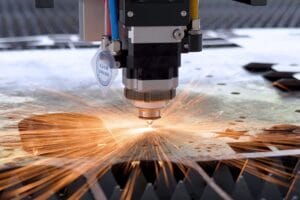Press brake machines are very common in the manufacturing industry, and have played a major role in shaping how many different processes and industries operate. With each technology upgrade, press brake machines become more specialized and precise. Here is an overview of the development and future prospects of press brake equipment.
Origins of Press Brake Machines
The earliest versions of press brake machines were simple hammer-like tools used to properly bend metal into the desired shape. This was done by using the weight of the tool and gravity to manipulate the metal while it was held in place. This method not only had limitations in terms of accuracy and speed, but also posed potential safety problems associated with manual labor.
Hydraulic Press Brakes
The development of hydraulic press brakes in the early 1900s allowed for much better manipulation of the material being bent. This was made possible by both open- and closed-loop hydraulic systems which utilized hydraulic pressure to move and bend the material. This allowed for much higher accuracy and the ability to perform multiple operations quickly and safely.
Computer Numeric Control (CNC)
In the 1970s, computer-numeric-controlled (CNC) pressbrake machines were developed. These machines utilized powerful motors to drive a system of arms and levers that could precisely guide the material into the desired shape. CNC press brakes are extremely accurate and can manipulate complex shapes, and have become the industry standard in press brake operations.
Servo Motors
As technology advances, servo motor driven press brakes have become increasingly popular. This type of machine, uses powerful servo motors linked to a network of electro-mechanical systems to drive the press brake arms. Unlike CNC machines, where the user must input a design before each bend is performed, servo-controlled press brakes allow users to enter the desired shape programmatically, resulting in more efficient production runs.
Robotics
Robotics has become commonplace in the manufacturing industry, and press brakes are no exception. Robotic press brakes are able to automatically move and manipulate the material, enabling faster operation and higher accuracy. Additionally, robotic systems are extremely safe, due to the lack of manual operation needed (there is no need for workers to be near the machine during the bending process).
The Future of Press Brake Machines
It is expected that press brake machines will continue to advance, in particular through the further integration of robotics and materials like aluminum. Arduino- and Raspberry Pi-based control systems are expected to become more prevalent and attention is also being placed on press brakes with high capacity and durability. Automation will also be a key factor in press brake machines going forward, and manufacturers are working to develop machines that can accurately and consistently produce complex shapes.
Overall, press brake equipment has come a long way from its humble beginnings, and will continue to evolve in the coming years. Despite advancements in technology, some basic features remain the same. Technologies like automation, robotics, and servo motors will likely continue to improve and become more widely used as the manufacturing industry moves towards a more streamlined and cost-effective approach to producing quality items.
Learn more about our products, please visit and subscribe to our Youtube channel





